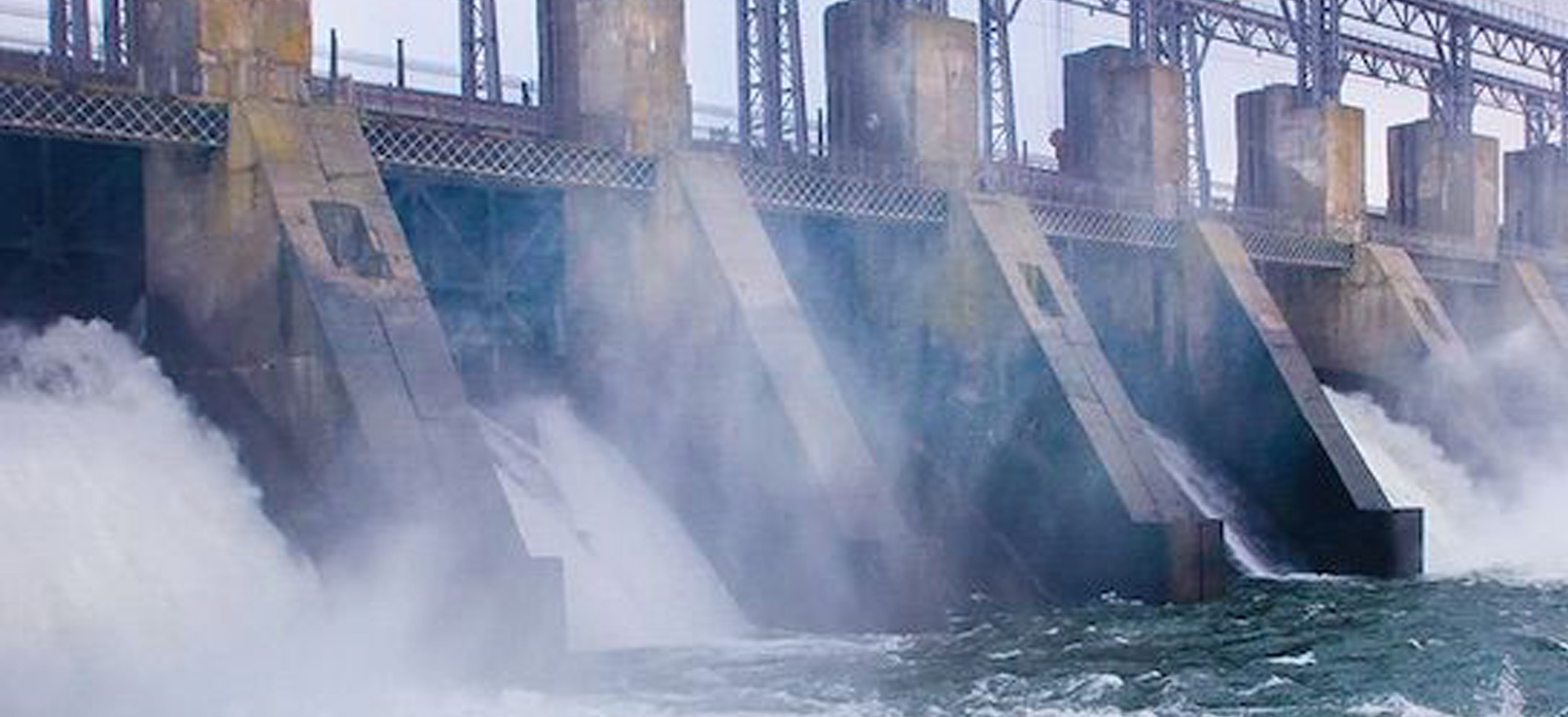The ESTORAGE project recently made some of its first results public, identifying 2291 GWh of energy storage capacity realisable through Pumped Storage Hydro Plants (PSPs) across existing development-ready sites.
The sites located are across the EU-15, along with Norway and Switzerland. Southern Norway alone was found to have 54 % of the study’s total feasible pumped storage capacity with 1242 GWh. The Alps were found to have 13 % or 303 GWh across Austria, Italy, France and Switzerland, with 9 GWh in the German Alps. 5 % of the total potential capacity in the study area was found in the Pyrenees in France and Spain with 118 GWh.
Generating electricity by transferring water between reservoirs at different elevations is posited as being the most cost-effective and flexible means for GWh scale storage of electricity. PSPs are ideally suited to respond to frequent changes between electricity shortages and surpluses by generating or absorbing excess as required; with modern systems able to start the pumps or turbines from standstill in just 30 seconds.
Whilst renewables, such as wind and solar, represent a growing share of the world’s power output, their unpredictability weakens overall grid stability. The challenge for integrating renewables into the grid is their intermittent nature coupled with the problem of storing surplus which can be used during periods of peak demand.
However, whilst PSPs can allow more cost-effective load balancing flexibility than traditional plants such as nuclear or coal powered, conventional PSPs are also limited by only being able to regulate power in generation mode. The ESTORAGE Project is looking at the technical and economic feasibility of upgrading an existing fixed speed PSP to variable speed technology, bringing flexibility also to the pumping mode.
Here speed is varied through a frequency converter with a change in the discharge/power. With fixed speed there is only one operating point for a given head and so in effect they have limited operational flexibility, with pumps either at full power or switched off. Variable speed technology, already several years in use, particularly in Japan, caters well for the fast growth in renewable sources of power, compensating for fluctuations.
For more information: www.sesino.it






